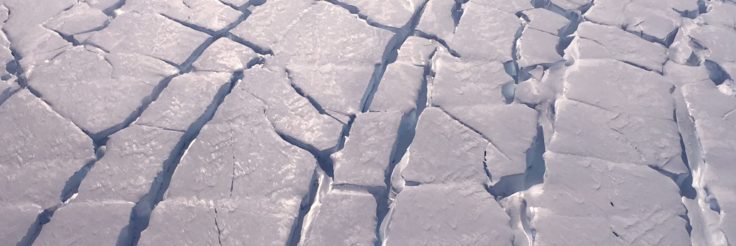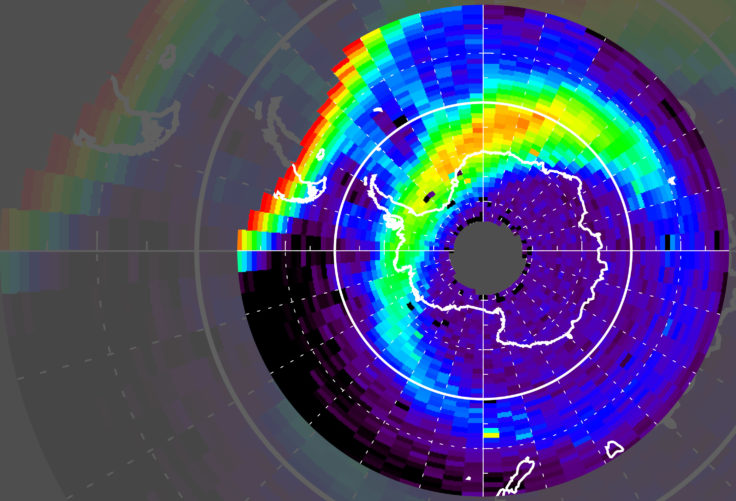Changes in Earth’s climate have impacts from ground level to the inner edge of space, with consequences for society and critical national infrastructure.
In the Polar Regions, a warming climate has triggered physical processes that melt ice and drive unprecedented increases in global sea level. The magnitude and rate of ice loss and the consequent rise in sea level remain uncertain, but flooding and erosion pose a clear threat to coastal communities and coastal infrastructure. Worldwide, an estimated 600 million people live in coastal areas less than 10 metres above sea level; in the UK the number is 7 million. Rising sea levels threaten critical national coastal infrastructure, including nuclear power plants.
Policies to respond to rising sea levels could involve substantial social and financial costs, and such decisions demand the most robust and up-to-date evidence.

Climate change is also causing the atmosphere at the edge of space to contract, increasing the lifetime of debris from defunct and disintegrating satellites. Such space debris is a growing threat to the satellite infrastructure we rely on for navigation, timing, communications, and remote sensing. The amount of space debris has grown alarmingly to over 130 million pieces, each one capable of disabling a satellite on impact.
With thousands of new satellites set to be launched, it is vital that we understand the influence of climate change, and of shorter-term natural variability (space weather) on satellite safety and sustainability. The Polar Regions are a prime vantage point to view these changes in space and so they are critical to improving UK’s space forecasting capability.

BAS scientists are uniquely placed to address these threats to society and infrastructure. We have a track record of world-leading and ambitious research in ice-sheet change, sea-level rise, and space weather. BAS scientists lead international programmes on ice loss, providing fundamental data and knowledge needed to improve sea level models. BAS scientists provide critical datasets and understanding of ice sheets, the polar oceans and atmosphere, for global climate science reports such as the Intergovernmental Panel on Climate Change (IPCC), as well as government departments. We deliver and coordinate major international networks of observational space weather instruments. We integrate our state-of-the-art modelling and unique observations to provide operational forecasts of space weather for the European Space Agency and UK Met Office. And we provide advice to government departments on the impact of space weather.
The challenge:
To deliver high quality polar research that allows evidence-based decisions on how to mitigate and adapt to threats to coastal societies and key infrastructure.
Our science targets:
- Make more reliable projections about how much and how quickly ice sheets and glaciers will raise global sea level:
- Analyse how the atmosphere (precipitation, winds, and temperature) and the ocean (heat and freshwater content) drive ice loss; quantify future changes and associated feedbacks
- Determine how bedrock geology influences ice dynamics, and how ice sheet flow rates will change as the climate warms
- Use records of past environmental change and ice response to better predict the future of the Earth’s ice sheets and glaciers
- Deliver evidence required to mitigate impacts of space weather and space debris on critical technology:
- Develop models of radiation belt variability to protect satellites
- Measure the heating and variability of the upper atmosphere to assess the risk of collisions between space debris and satellites
- Determine how and when electrical currents in the upper atmosphere pose the greatest risk to power supplies